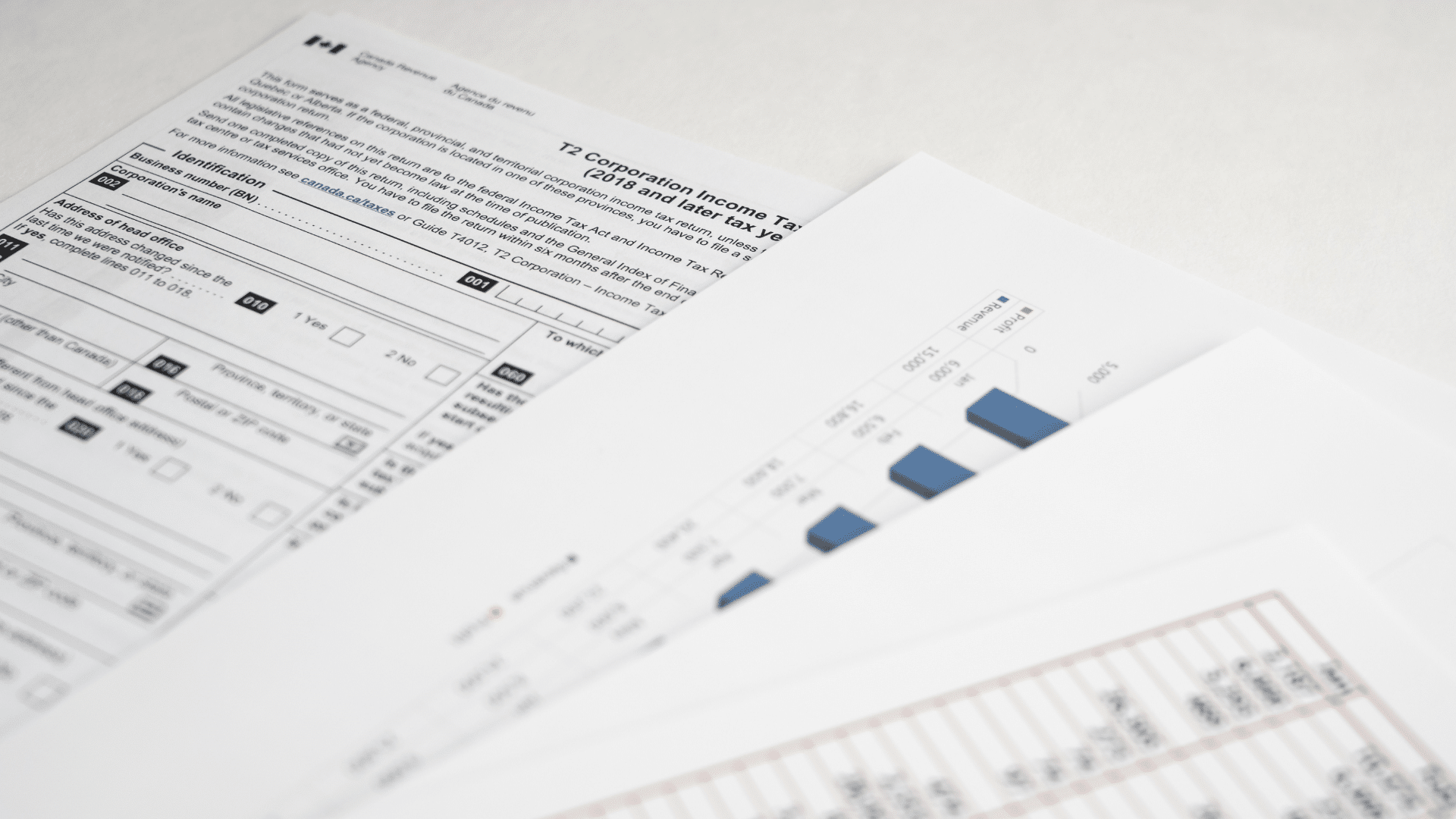Any income that you earn is subject to some form of tax. When this tax is collected, who collects it and who pays it to the Canada Revenue Agency (CRA) determines whether it is a withholding tax. Withholding tax is what a payor deducts when making certain payments to a concerned party. As a payor, you must understand how withholding tax works and which income falls under its purview to avoid potential penalties.
In this article, we will discuss the workings of withholding tax and some common types of income to which this tax applies.
How Does Withholding Tax Work in Canada?
Withholding tax deducts the tax you are liable to pay at the source of income. It gives the CRA tax revenue throughout the year, as the tax is collected when the payment is made. This cycle has three parties – the payor (John), the payee (Natasha), and the CRA. We will use these names to understand the tax cycle.
John is Natasha’s employer. He deducts withholding tax from Natasha’s salary and remits the tax to the CRA on her behalf by filling out a form and making the payment. John then gives Natasha a slip as proof that he has paid advanced income tax on her behalf to the CRA.
When Natasha files her tax returns at the end of the year, she can deduct all the expenses and claim exemptions for which she is eligible. The CRA will deduct the withheld tax from her tax liability and refund any tax surplus.
If Natasha’s tax liability is $5,000 and John withholds $4,000 in tax, she will have to pay $1,000 in income tax to the CRA. However, if her tax liability is $3,000 and John withholds $4,000 in tax, she can claim the $1,000 tax refund.
Here, the CRA is shifting the onus of paying a certain portion of tax from the recipient to the payor to reduce the risk of non-compliance and tax evasion.
Types Of Income Subject to Withholding Tax
Now that you understand the workings of withholding tax, it is important to know the different types of income that are subject to withholding taxes in Canada.
- Employment income is when the employer withholds taxes from their employee’s paycheck as per the income tax rates applicable to the employee’s tax bracket.
- Investment income where the payor withholds tax on interest, dividends, and capital gains paid to non-residents.
- Self-employment income is when you are your own boss and pay advance tax in four equal installments by the 15th of March, June, September, and December, depending on previous years’ tax liability.
- Cross-border transactions are where the payor withholds tax on rent, royalty, and services fees earned within Canadian borders.
Withholding Tax for Non-Residents
The withholding tax rates are different for Canadian residents and non-residents. Hence, the payor needs to know the recipient’s residency status. For instance, if you are a tenant and your landlord is a Canadian resident, you don’t have to deduct withholding tax. However, if your landlord is a non-resident, you will have to withhold 25% tax on the rent and pay it to the CRA on behalf of your landlord.
It is not just Canadian residents; if a non-resident corporation is doing business in Canada and paying income to another non-resident, it will have to withhold tax. All non-residents are subject to withholding tax under Part XIII of the Income Tax Act. Part XIII states that Canadian payors should withhold,
· 25% tax on passive income such as interest payments, rents, royalties, dividends, management or administration fees and trust income distributions paid to non-resident individuals or corporations.
· 15% tax on fees for services performed in Canada by non-residents or Canadian branches of a foreign corporation.
However, the withholding tax rate may be reduced if the non-resident recipient is from a country with which Canada has a double-tax treaty. For example, Canada has a tax treaty with the United States under which no withholding tax applies on most cross-border interest payments. The tax rate on cross-border dividends is also reduced to 15% or 5% under certain circumstances.
Penalty For Failing to Abide By Withholding Tax
When you withhold tax under Part XIII, you must remit it to the Receiver General for Canada. You then file the NR4 information return and give the NR4 slip to the non-resident recipient before the last day of March of the following calendar year. If it is an estate or trust, you must give the NR4 slip within 90 days after the end of the trust’s tax year.
If you fail to deduct withholding tax under Part XIII, the CRA may impose a 10% penalty on the tax amount on the first failure and 20% on subsequent failures. If you deducted withholding tax but failed to remit it to the CRA, you may face a 10% penalty plus interest on the tax liability.
Determining the residential status of the recipient can be tricky. It is better to seek professional help to comply with CRA’s withholding and other tax rules.
Contact Glenn Graydon Wright LLP in Oakville to Help You with Your Tax Requirements
Whether you are a Canadian resident or non-resident, a professional can assess your residency status, update you on your tax liabilities, and file your tax returns. To learn how Glenn Graydon Wright LLP can help you with your taxes, contact us at 905-845-6633 or online.
